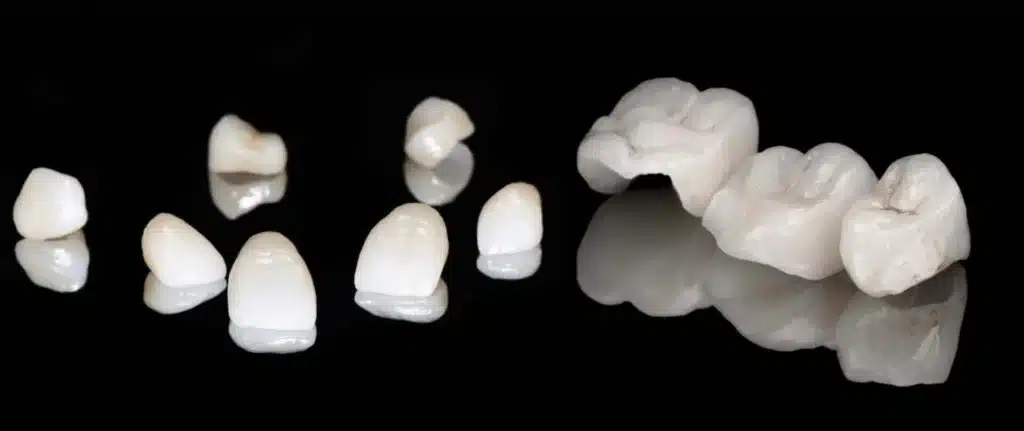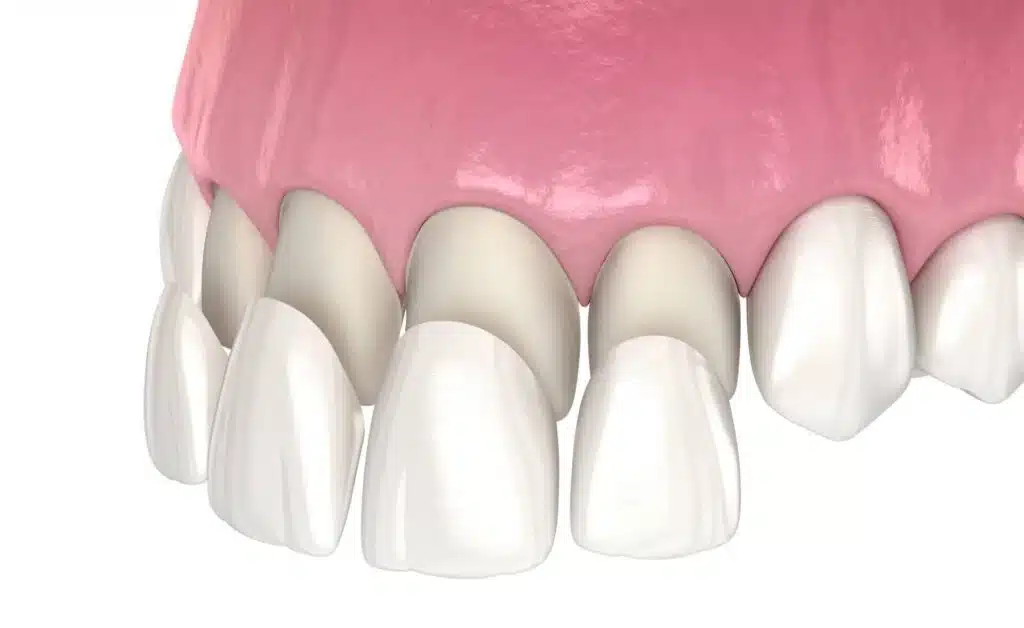Nowadays, many couples face difficulties in conceiving naturally. At CatchLife, we...
Read MoreCROWN VS. VENEERS: WHAT IS THE DIFFERENCE BETWEEN THEM?

Both crowns and veneers look like similar procedures in restorative dentistry. Although both of them serve to cover the existing tooth and improve its aesthetics, they still have some differences in functionality and procedure.
Dental veneers are ultra-thin, tooth-coloured coverings that are overlaid on the front surfaces of teeth to enhance their appearance and give them a natural look. Porcelain or composite resin materials are used to make veneers. Porcelain laminate veneers have a 10-12 year durability. However, composite resin veneers last 4 to 8 years and need replacement sooner. Both porcelain and composite resin veneers require tooth shaving for veneer placement. Veneers can also be used to correct a variety of cosmetic issues, such as cracked, damaged, discoloured, or undersized teeth.
Dental crowns are caps that fully cover the teeth. In contrast to veneers, many different materials can be used to make crowns. Crowns may be gold, silver, resin, ceramic, porcelain, pressed ceramic, etc.
A dental crown is commonly used to keep a weakened tooth from cracking, to secure a dental bridge, to protect a dental implant, or to conceal deformed or discoloured teeth.
Temporary crowns are used to determine the best crown for you. The doctor removes temporary crowns once the permanent crowns are ready.




